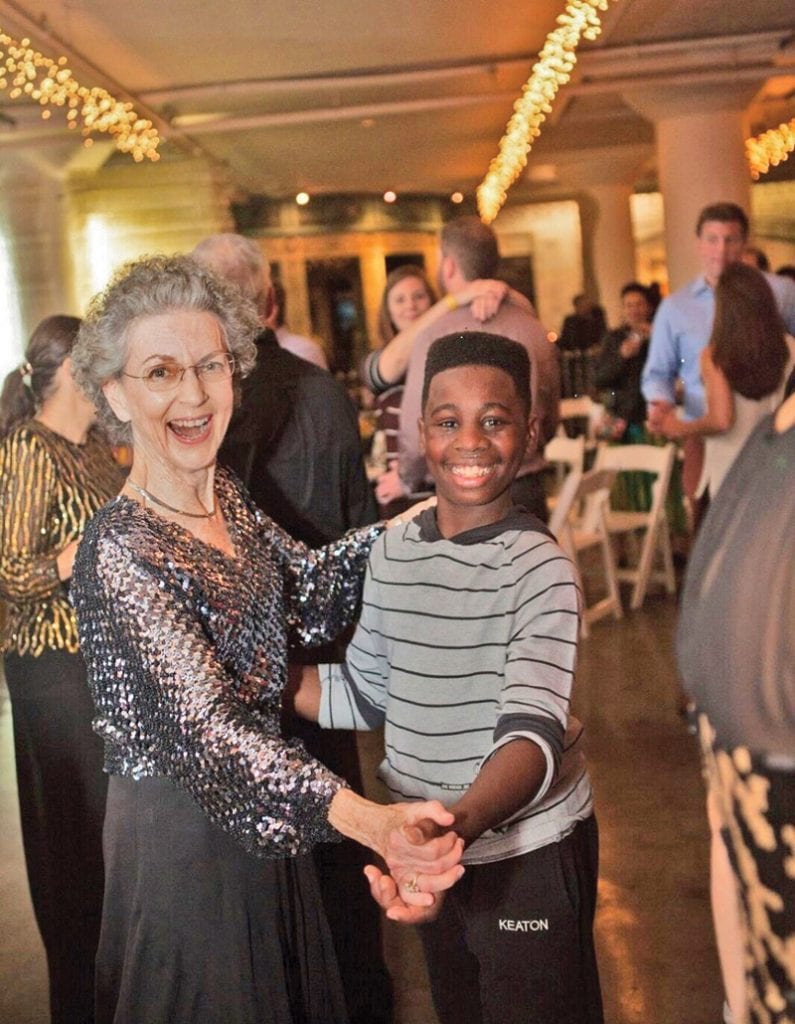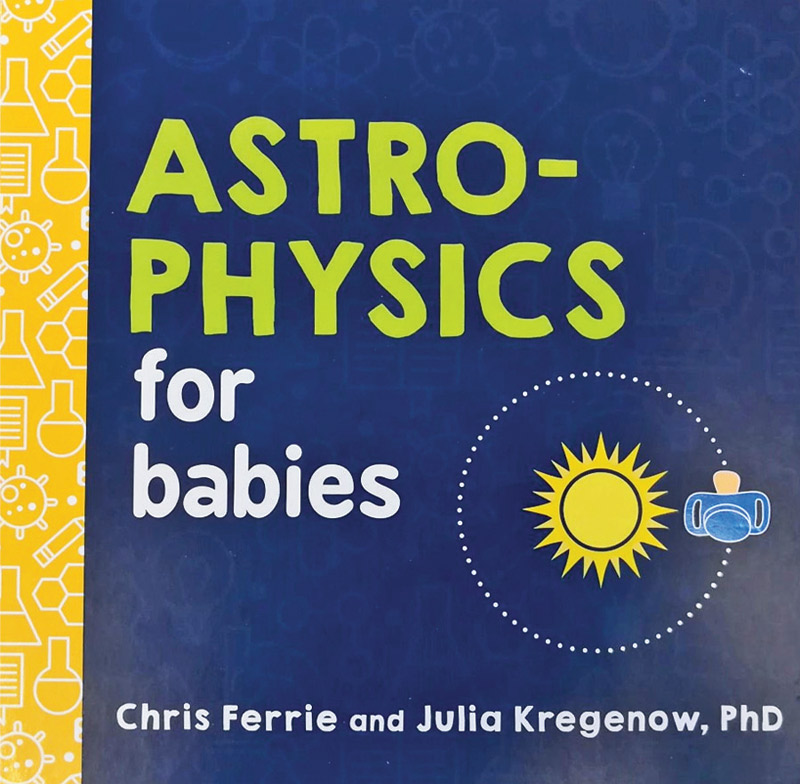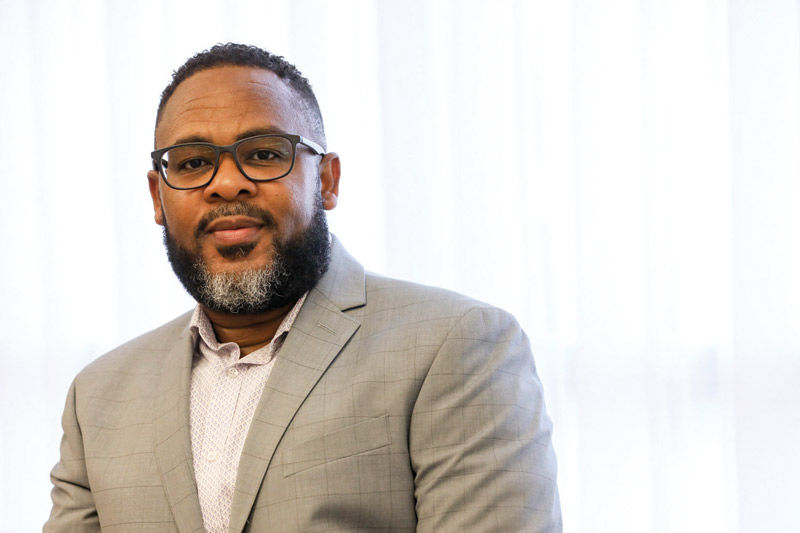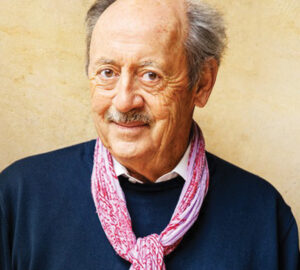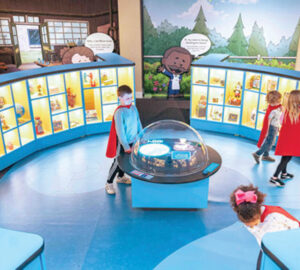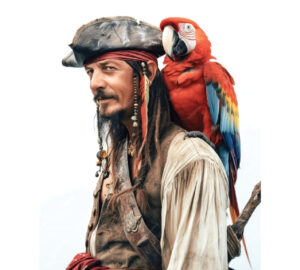tower grove south
Julius B. Anthony (pictured at top) is CEO of St. Louis Black Authors of Children’s Literature. That title is quite a mouthful, so let’s refer to it as STLBA. Anthony is in the middle of bringing a very big idea to the metro. A children’s book author himself, he is seeking others who have written books for black children, with text and illustrations designed to make these beginning readers feel like someone understands their unique experiences so they’ll like to read. The initiative is opening eight literacy labs this academic year as part of STLBA’s Believe Project.
The labs, in the city, North County and East St. Louis, have created or will create literacy spaces within schools and community centers that serve pre-K through third-grade students. Not surprisingly, bookshelves aren’t full of black children’s lit. It’s no secret that the racial divide in the StL is systemic, persistent and pervasive. (I only remember one black protagonist as a kid. The book’s theme was so patently racist that its title need not be printed here.) All primary school kids coming up in the 1950s and early ’60s read the Dick and Jane books; it was as though only Caucasian youngsters were expected to learn to read, much less want to. “What we’re really dealing with is an opportunity gap,” Anthony says. “Our children have limited experience.”
Anthony says the first significant children’s book with young black readers in mind, The Snowy Day, was published in 1963. Progress has been woefully sluggish. Statistics from a literacy organization, he says, show that only 6% of the books published between 2000 and 2016 had black authors and were written with a young black audience in mind. STLBA hopes for about 80% of the books in reading rooms to fit the category. The Believe Project started with a $1,000 grant that Anthony parlayed into one of the most user-friendly websites one could hope to encounter at stlblackauthors.com. The Children’s Clubhouse he developed at Missouri History Museum celebrates its fifth anniversary next June.
Meanwhile, a presence on LinkedIn has delivered results that are nothing short of miraculous. The power trio offering support? Scholastic Inc., Nine Network/PBS Kids and … IKEA. The possibilities? Staggering. Scholastic will create reading spaces, each known as a ‘Reading Oasis,’ complete with area rugs and bean bag chairs; Nine Network is providing coverage of the project on its local shows on PBS as part of its national ‘Ready To Learn’ programming; and international lifestyle juggernaut IKEA will provide, I dunno, furniture and shelving, maybe?
The latter two came late to the table in a rapid series of developments. Anthony surmised Scholastic could deliver enviable distribution—but he kept his powder dry. After a February 2018 meeting with a Scholastic exec at Hartford Coffee, right up the street from his home in Tower Grove South, Anthony at first turned her down. He was uncomfortable with the idea of a major corporation getting cozy with his intellectual property. He was intent on adhering to STLBA’s mission: creating spaces for these kids to get comfortable with books so that not only will their imaginations run wild, but they’ll become competent, confident readers by the end of third grade as well.
But the book company’s executive VP assured Anthony he’d have creative control as a third-party vendor. Fast forward: Reading spaces have been created and are being built or will be in select St. Louis area and East St. Louis public schools and community centers. The history museum is behind a clubhouse expansion to the tune of many, many square feet for a permanent Reading Oasis. When the clubhouse opened there in 2015, Anthony et al. planned a ‘Winter Getaway’ for the week between Christmas and New Year’s Day, always a dicey proposition in our land of potentially nasty weather.
“It was cold that week,” he recalled, expecting maybe 50 youngsters to show. Three hundred came! “Most families who visit the museum are white,” he says. “We had all races, children of color, different socioeconomic groups.” He grins. “The kids wanted to make snow angels.” Anthony remains busy and although his venture is now a 501(c)(3) with a six-member board, he’s had little time to think, much less write his own children’s lit. But the project proceeds apace, as though the universe thinks it’s an idea whose time has come. “There has been just a lot of local goodwill,” he says.
st. louis
Some kids still want to run away and join the circus. Others are content to sit in their rooms and play Red Dead Redemption for hours. But let’s talk about the first group. Kids can become circus performers, but it can be expensive. Some families could use some financial assistance for their kids to flip, fly, fling and flourish! As the Olympics are for many athletes, Cirque de Soleil is, perhaps, the gold standard for performers. One should aim high, of course, but a kid has to start somewhere; he or she must be taught how to juggle or fly through the air with the greatest of ease. Based on personal experience, the former can have you up all night with three tennis balls. Nothing gets busted, usually, and you might not even wake up anybody else. But in order to become a daring young man or woman on the flying trapeze, a vast open space and high ceiling are necessary—that’s where Circus Harmony comes in. Last year, the organization gave more than $32,000 in scholarships via its Flying Children Scholarship Fund. Where on earth did that money come from? Certainly not from the Ringling Bros., Barnum or Bailey. We have to help. Go to the City Museum this Saturday (Nov. 9) for the annual Circus Harmony Juggling Ball, an eclectic evening of dining, dancing, drinks and daring with an awesome auction, marvelous music and exceptional entertainment (like, kids showing off their mad circus skills). And while you needn’t squeeze into a sleek, shiny jumpsuit, sparkles and spangles are encouraged.
clayton
As scandal-ridden as our home county seems to be lately, it’s resembling other lamentable government entities, and we’re not talking about the left-thinking or right-leaning swamp in D.C. For an apt comparison, all we have to do is head north to enemy territory: Cook County, Illinois, that is, where there’s a much-maligned baseball team whose name shan’t be uttered. That metropolis and adjacent county—which are similar to the StL, at least geographically speaking—also were home to the violent 1968 Democratic Convention and Depression-era gangsters the likes of Al Capone. The president hasn’t had a kind word for the Windy City, most recently claiming it’s more dangerous than Afghanistan. Heidi Stevens, in her Oct. 29 Chicago Tribune column, could have been referring to the county that envelops our city when she wrote that city officials often seem to be “more interested in boosting their own fortunes than alleviating their constituents’ considerable burdens.” Steve Stenger, disgraced county council chairman, has had his nearly four-year federal prison sentence shrunk to two years and three months. For good behavior, reportedly—plus, an inmate can have a year shaved off if he or she completes a substance-abuse rehab program. Stenger was convicted in May for rewarding campaign donors with county contracts, and John Rallo, one of them, is set for sentencing in December. Several other county employees were involved and took a fall, too. Stenger was fined $250,000 and was ordered to pay $130,000; those are just details. It’s this ‘good behavior’ mishegas that rankles many citizens. Stenger, 47, is in prison for bad behavior. What’s he have to do in there—feel sorry for himself? He’s not doing hard time, making license plates or whatever. Well, completing rehab in this South Dakota minimum-security ‘camp’ nets 365 days off. Did this inmate require treatment? Who knows? Stenger had requested doing his time in Pensacola. Criminy.
ladue
When astrophysicist Neil deGrasse Tyson appeared at Stifel Theatre a few weeks ago, we had to orphan our tickets—a nasty cold intervened. Of course, I was generous enough to share the ailment with my bride. (I mixed Alka-Seltzer for her.) Then, when I ran out to pick up a salad for her from The Woman’s Exchange in Ladue, I stopped dead in my tracks on the way out, incredulous. I’d spied a series of illustrated children’s board books, one titled: Astrophysics for Babies. Since I’m a word person and mostly bewildered by numbers, I took less than 3 minutes to read it, swelled with pride, and bought it. To be honest, it was probably a wiser investment than seeing deGrasse Tyson, no matter how much he may have dumbed it down for the audience at Stifel. Two other titles in the series displayed at the Exchange: Quantum Physics for Babies and Rocket Science for Babies. Even though I’m no brain surgeon, I bet even I could suss those out, too … along with baby books on general relativity, Newtonian physics, biology, evolution, organic chemistry and many others. When we called, Barnes & Noble had at least the astrophysics volume in stock. Physicist and mathematician Chris Ferrie, Ph.D., cowrote it with astronomer Julia Kregenow, Ph.D. It was published in 2018. Love. It. Theodor Seuss Geisel is rolling over in his grave. (You know, of course, that Dr. Seuss wasn’t a real doctor. Don’t you?)
